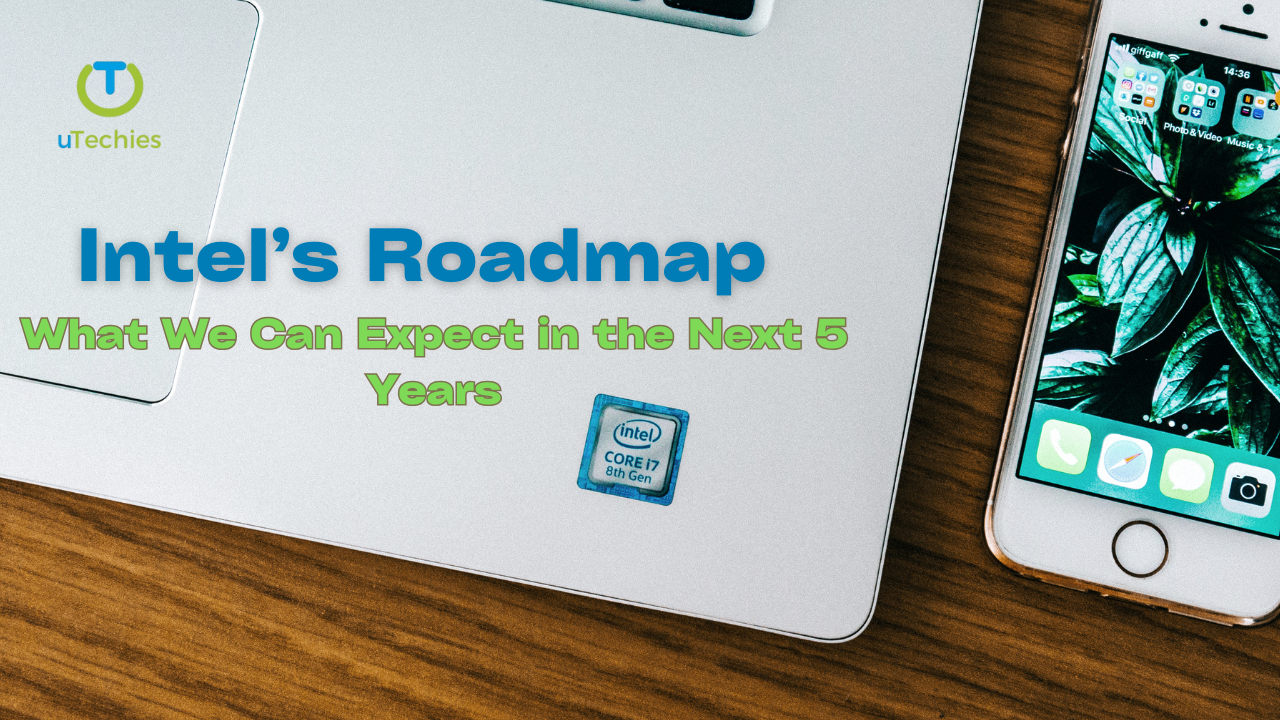Intel’s roadmap for the coming years reflects a bold ambition to redefine its place in the semiconductor industry. With a focus on cutting-edge technology, market dominance, and strategic collaborations, the company is determined to reassert its leadership. Let’s dive into the key elements of Intel’s journey towards 2030.
1. Pioneering Process Technologies
Intel is gearing up to revolutionize its manufacturing prowess with next-gen process technologies:
- Intel 18A Breakthrough: Scheduled for high-volume production in 2025, this node will leverage advanced High NA EUV lithography, setting new standards for chip efficiency and performance. Microsoft has already signed on, signaling strong industry support.
- Rapid Innovations: Following the 18A milestone, Intel plans to introduce the 14A process, emphasizing enhanced performance and expanded features. In an unprecedented move, the company aims to deliver five process nodes within four years, highlighting its rapid innovation strategy.
- Long-Term Goals: By 2027, Intel envisions reaching beyond the 18A process, setting the stage to compete head-to-head with industry giants like TSMC and AMD.
2. Riding the AI Wave
Intel is making significant strides in artificial intelligence, betting big on its transformative potential:
- AI Integration Everywhere: Intel’s vision involves embedding AI capabilities across diverse platforms, from PCs to data centers. Its goal is to establish itself as the go-to manufacturer for all AI chips through its robust foundry services.
- Building Alliances: Strategic collaborations with industry leaders like Synopsys and Cadence are enhancing Intel’s design ecosystem. Partnerships with cloud providers are further strengthening its foothold in the AI domain.
3. Financial Strategy and Market Optimism
While Intel has faced hurdles in recent years, its financial strategy reflects cautious optimism:
- Streamlined Operations: Aiming to save $10 billion by 2025, Intel is restructuring operations to fund its ambitious technological endeavors.
- Future Growth Potential: Market analysts are divided in their predictions for Intel’s stock by 2030, with projections ranging from conservative to bullish. This underscores the importance of Intel’s successful roadmap execution.
4. Staying Ahead in the Competitive Arena
Intel’s strategy is as much about countering competitors as it is about internal innovation:
- Taking on TSMC and AMD: With its IDM 2.0 strategy, Intel is aggressively pursuing market share through accelerated technological advancements and product diversification. By 2030, the company aims to be the second-largest foundry globally.
- Supply Chain Resilience: CEO Pat Gelsinger has emphasized Intel’s role in strengthening the U.S. semiconductor supply chain, positioning the company as a key player in ensuring global stability amid disruptions.
Looking Ahead: The Road to 2030
Intel’s roadmap is a blend of bold innovation and strategic foresight. From groundbreaking advancements in process technology to a comprehensive AI strategy, Intel is positioning itself to tackle industry challenges and seize new opportunities. With its eyes firmly set on regaining market leadership, Intel’s journey to 2030 promises to be as competitive as it is transformative.
As the semiconductor landscape evolves, Intel’s ability to execute its vision will be critical. The next five years will reveal whether it can outpace its rivals and redefine the future of technology.






